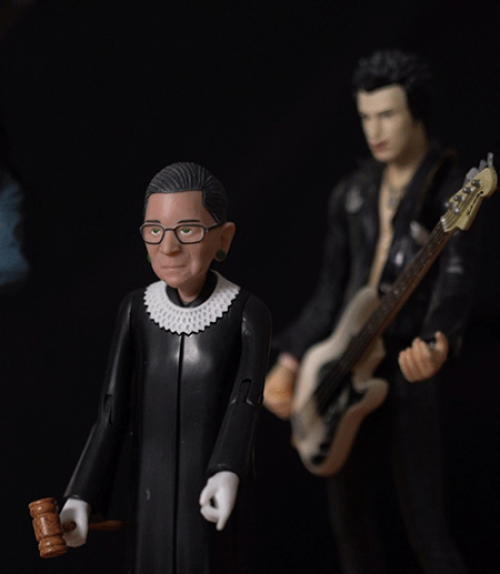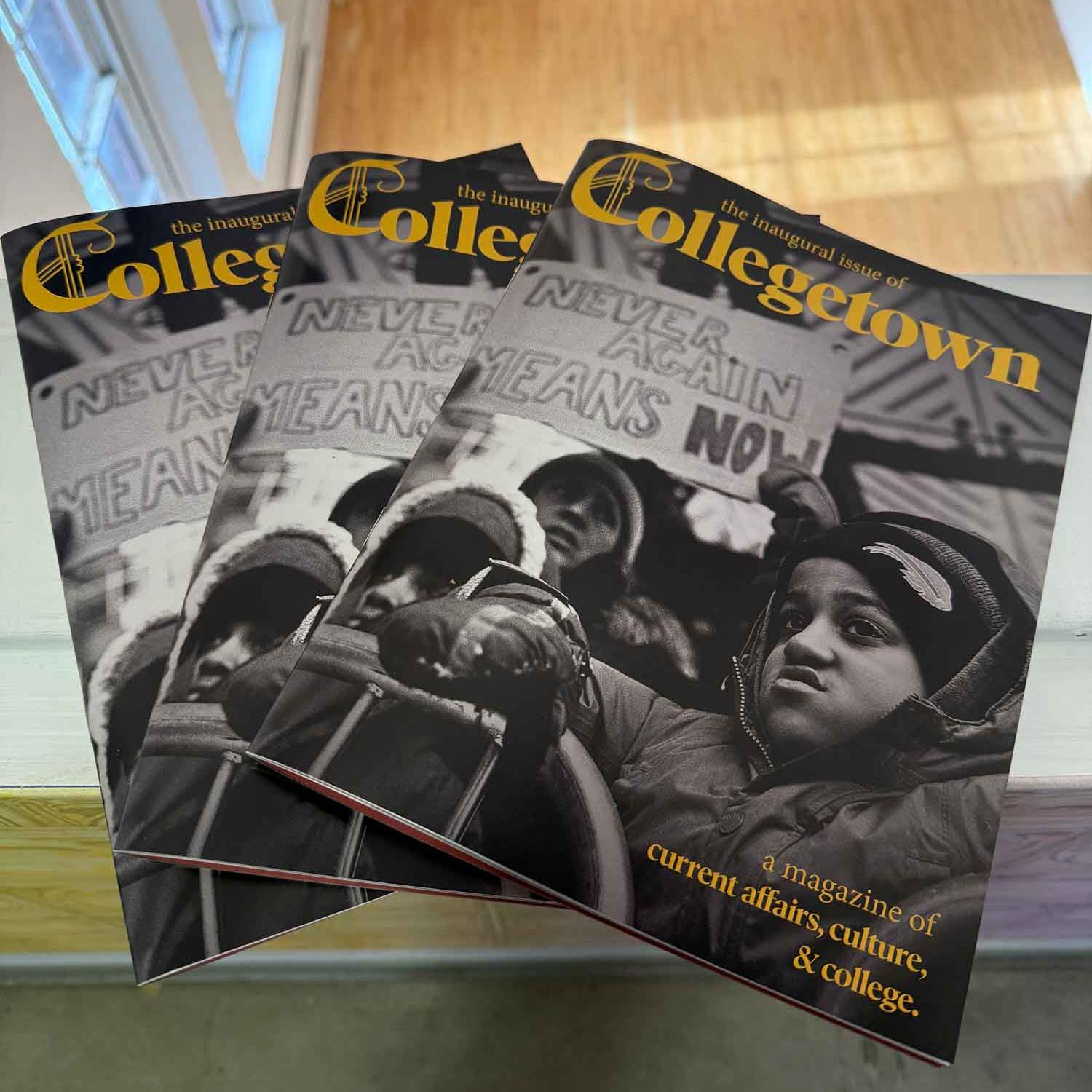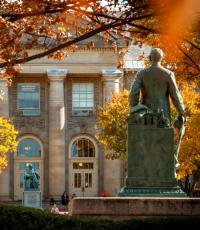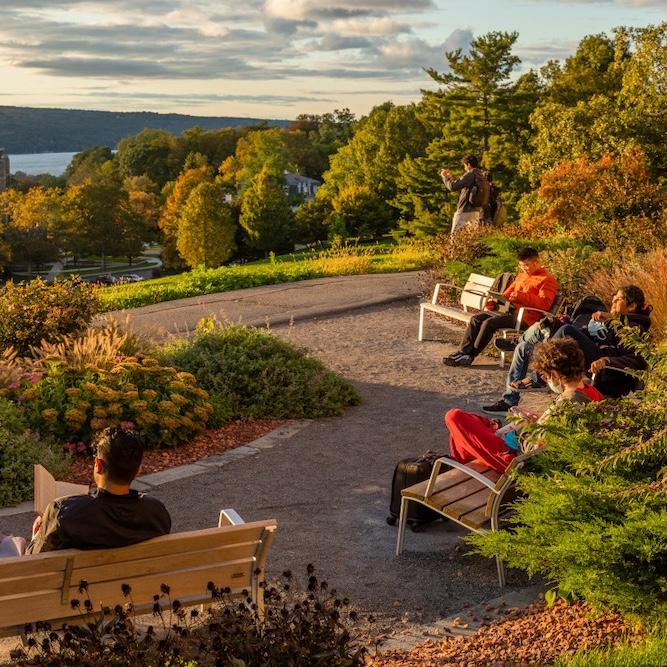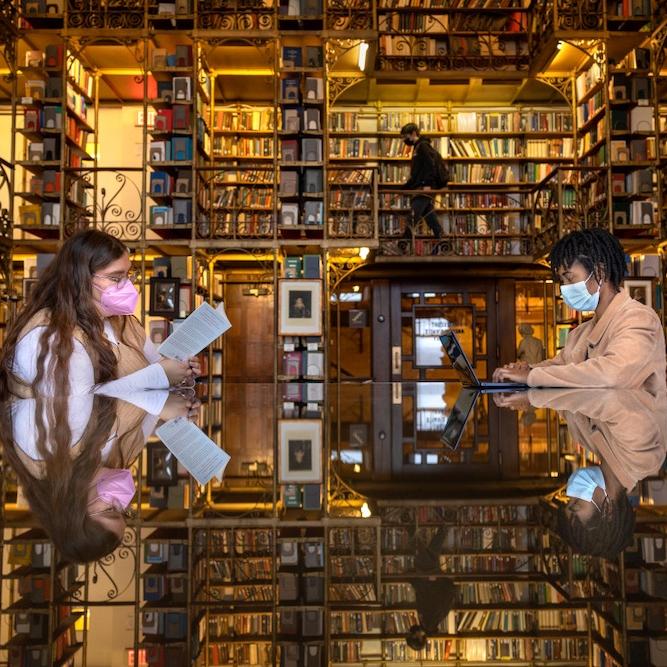
 Department Homepage
Department Homepage
 Department Homepage
The College of Arts & Sciences
Department Homepage
The College of Arts & Sciences
‘Thought-action figures,’ new media inform research, learning
Jon McKenzie, professor of practice in the Department of English, is working with area school teachers and their students to address issues meaningful to them and their communities, using strategic storytelling, a variety of media-making and participatory research.
